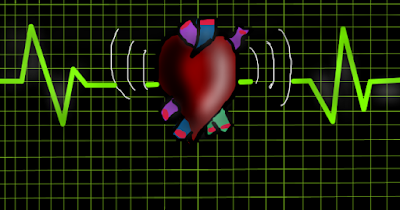Angioplasty Early in Heart Attack Onset Found to be Most Beneficial
Doctors were surprised at the results of a five-year study of over 2,000 patients in 27 countries. All had one blocked artery and received either an angioplasty or medications to reopen a closed artery within 3 to 28 days after a heart attack. The consensus reached was that angioplasty should be performed very early in the course of a heart attack, preferably within the first 12 hours, to be most effective.
Four years after the heart attack, in study participants who had a delayed angioplasty, 17% of them had died, suffered another heart attack or developed heart failure. Nearly 16% of the group taking drugs without the surgery had the same adverse effects as the group receiving angioplasty. Results could be considered statistically the same.
When angioplasty is performed during the first 72 hours of a heart attack, the procedure saves many lives, especially when clot-dissolving drugs are not effective. But angioplasty performed weeks or months after a vessel becomes blocked apparently produces results no better than taking standard medications.
Balloon angioplasty is done by threading a catheter through the groin to the blocked artery to reopen it and putting in place a mesh stent to keep the vessel open.
Nearly 1 million heart attacks occur in the U.S. annually. If you suspect a heart attack, don’t stay home and take antacids. Go immediately to emergency, and do not try to drive yourself there.
Four years after the heart attack, in study participants who had a delayed angioplasty, 17% of them had died, suffered another heart attack or developed heart failure. Nearly 16% of the group taking drugs without the surgery had the same adverse effects as the group receiving angioplasty. Results could be considered statistically the same.
When angioplasty is performed during the first 72 hours of a heart attack, the procedure saves many lives, especially when clot-dissolving drugs are not effective. But angioplasty performed weeks or months after a vessel becomes blocked apparently produces results no better than taking standard medications.
Balloon angioplasty is done by threading a catheter through the groin to the blocked artery to reopen it and putting in place a mesh stent to keep the vessel open.
Nearly 1 million heart attacks occur in the U.S. annually. If you suspect a heart attack, don’t stay home and take antacids. Go immediately to emergency, and do not try to drive yourself there.




Comments
Post a Comment